Mitsubishi Outlander PHEV – Long-termer welcome
Having a fabulously fun and funky Hyundai Kona EV in my driveway taught me a lesson that I’ve learned time and again in my career – I’d be very, very happy to own a (insert car name here) if only I could afford one.
What it also taught me was that running an electric car purely on sunlight – thanks to an anally retentive level of planning and the exclusive use of my solar panels, wall charger and a weather app – made me wildly happy.
With a regular range reading of 490km off a full charge, the Kona also proved to be the perfect city car – there was no family task it could not complete, but if we were planning to visit my family on the South Coast, a distant drive from Sydney, I would have to source another car.
So, seeing as I can’t afford one Kona EV, let alone two cars, I thought it was worth investigating whether one car could make me similarly joyful about driving on sunlight, while also solving any range anxiety and being big enough – and possessed of enough range – to be the one car to rule them all for my family.
Enter Mitsubishi’s Outlander PHEV, and a chance to establish, at least from my personal point of view, whether a Plug-in Hybrid Electric Vehicle really is the bridge many Australians need to get over before adopting a fully EV lifestyle (which might, for some people, only arrive when an electric SUV with a 1000km battery eventuates).
On paper, the Outlander really should work. It claims an 84km fully electric range between charges and is vastly larger than the Kona, more than big enough for family holidays away and even offering a third row of seating for when I have to drive my own two kids and some of their friends around.
Aside from its 20kWh battery and two electric motors – one on each axle for all-wheel-drive goodness – which power a single-speed transmission, just like a normal EV, the Mitsubishi also scores a 2.4-litre engine, which, much of the time, it carries around the way a modern laptop-wielding DJ might lug a set of decks.
Put your foot down in the Outlander, or exceed 70km/h for a while, and this old-world, petrol-powered engine will kick in to help. Cleverly, while it’s running, the engine is also recharging the battery, with the aid of regenerative braking.
The combined outputs for the PHEV are 185kW and 450Nm, which is 50kW and 205Nm more than the non-PHEV Outlander. That’s quite a lot, and not a bonus of buying this powertrain that initially occurred to me. Perhaps I’m too obsessed with solar power.
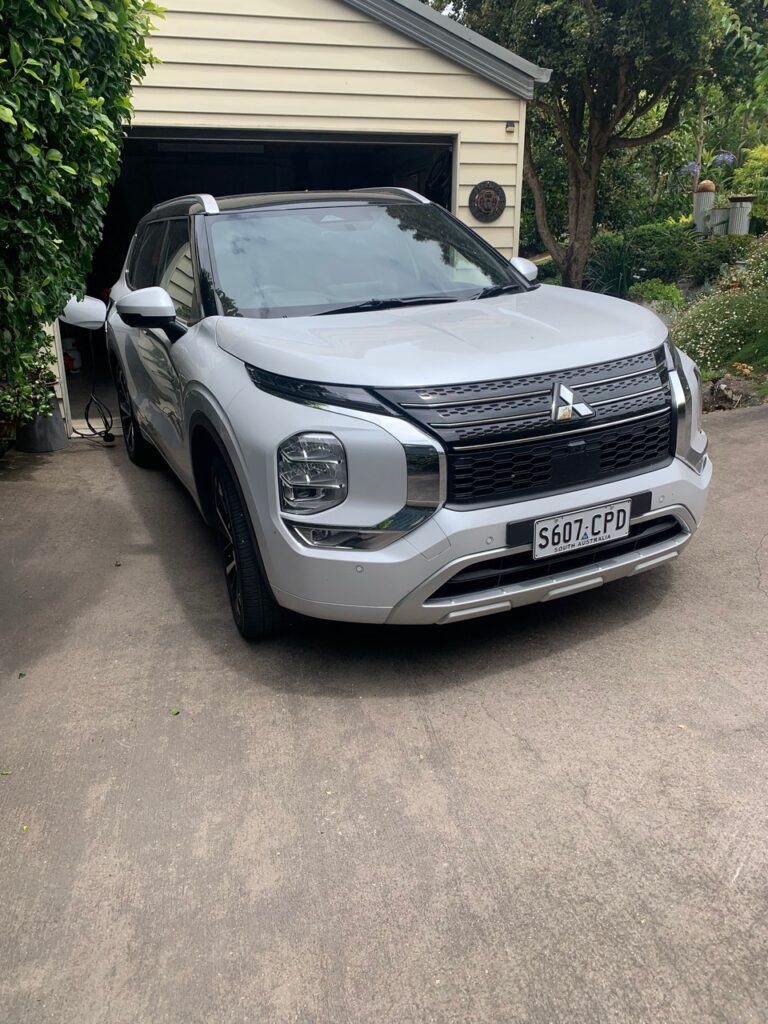
The total range of the Outlander is quoted as “850km+”, but it is, of course, incredibly variable. Drive your Outlander only around town, plug it in regularly and your potential range between petrol refills could be measured in umpteens of kilometres. Start up fully charged and drive through town and out into the country, of course, and 900km may well be what you end up achieving.
So far, since picking up my Outlander – a top-spec Exceed Tourer with a surprisingly classy quilted and fruit-filled interior – I have not left the city, but I have enjoyed driving it.
While the ride is a little on the floaty side, the grunt on offer is more than adequate, the driving position is good and there’s a sense of quality over all. It is also, as you’d expect, soothingly quiet when driven in EV mode, which is, mostly, what I’ve been doing.
Having lived with an EV and used a charger for so many months, I had assumed I would find running the PHEV a doddle, but the fact is it’s quite different. The Kona EV was able to take the full force of my 7kW system (no, it’s not a lot really), while the Mitsubishi can only take an input of 3.7kW. This feels a bit like trying to fill a water bottle with a fire hose, and it means that a full charge takes a wearying 6.5 hours.
And after all that waiting – and watching to make sure it’s still sunny out – I’ve only got a claimed 84km, which, so far, has mostly looked more like 74km, at least on the car’s trip computer. While I only charged the Hyundai once every two weeks, or slightly more, on average, I’m having to charge the Mitsubishi a lot more regularly to keep up.
Except when I don’t. Because here’s the thing, I’m as lazy as the next man, if the next man is Homer Simpson, and I know that if I don’t plug in on a particular day, even if the range is getting low, or sitting on zero, I will still be able to get to the shops and back the next day, because I’ve got that petrol-powered back up.
And this is what interests me about a PHEV. Will it be a bit like getting an electric scooter, or a pet, for Christmas? Will the average person actually stick with the program and charge it religiously, or will the novelty wear off, and if it does, what kind of fuel economy do you end up with then?
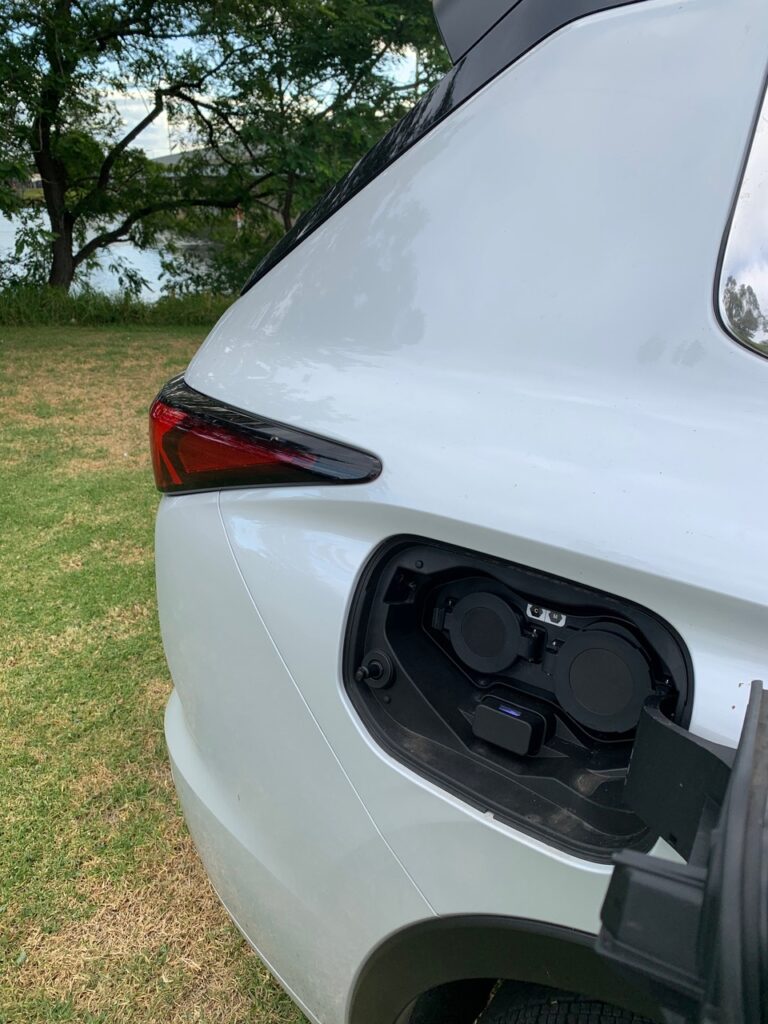
Speaking of which, Mitsubishi claims a figure of 1.5 litres per 100km, which is very impressive indeed for a car of this size and heft, so I’ll be very curious to see how close I get to matching that over the next few months.
What has impressed me so far, even despite my occasional laziness, is that I’ve driven more than 480km so far, and the petrol gauge has not moved at all. The trip computer says I’m averaging 4.1 litres per 100km, but even that figure seems a little pessimistic to me (and belies the petrol gauge).
So, I shall get back to driving it and let you know how the experience is going, and whether I think the Outlander PHEV is worth the $68,490 asking price (for my variant).

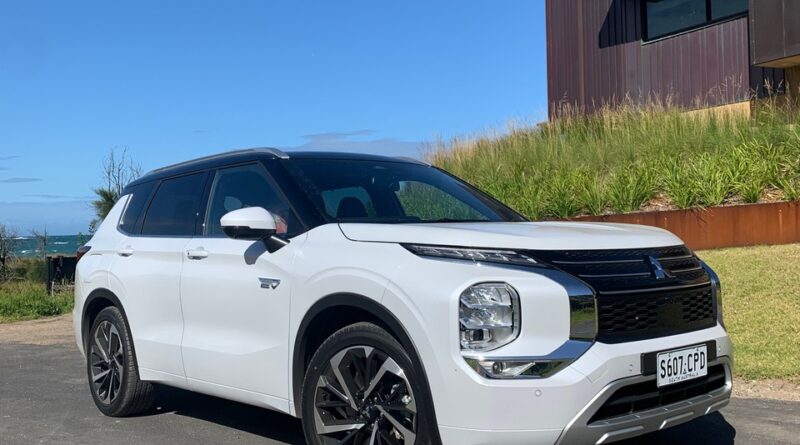
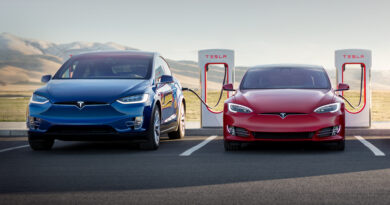

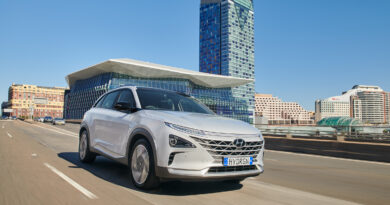
Hi Stephen,
you have noted in this review, and in the previous long term review of the Kona EV, that you wouldn’t or didn’t contemplate the Kona for a family trip. However, you haven’t explained why. Is it simply that the Kona is too small for the task, or a concern regarding charging away from home – or some other reason? If, for example, you had a conventional ICE Kona on test, would you have considered it?
I expect that many persons, either already owning or considering an EV, don’t have the luxury of a separate city car and country car; they must choose a car that does well enough at both tasks to suit their individual circumstance.
We have a 38kWh Ioniq. It required some preplanning but we have taken it successfully from Melbourne to Brisbane, Melbourne to Adelaide, and various Victorian coutry trips including some requiring a ‘top up’ to get home. But that is usually just for the two of us.
I recognise that the Kona is a smallish vehicle, and wont suit everyone. But smaller families and couples could well be considering the Kona as an EV option to the larger Outlander PHEV.
Regards,
John
Hi John, I love the Kona EV, and look forward to the new one, but I have two kids, one of them is a teenager and with all our gear, the Kona wouldn’t be big enough. Also I am spoiled rotten and can always just go and ask for something larger, like a Genesis. Or an Outlander.